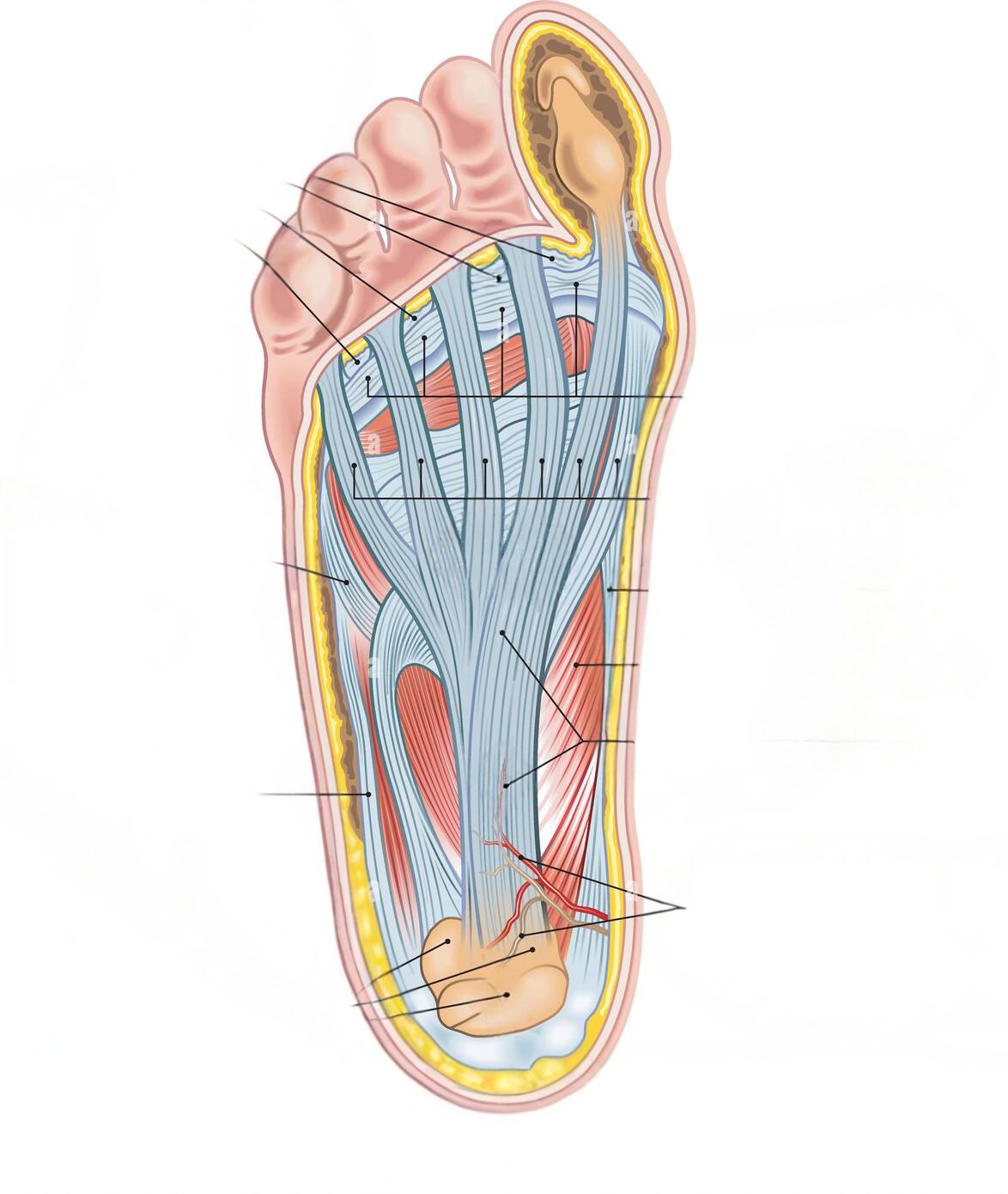
Healthy feet are the foundation of mobility and overall wellness, yet foot care is often overlooked until pain or problems arise. Today, I want to emphasize the importance of preventive foot health and share practical tips for patients to maintain foot strength, comfort, and function every day.
Whether you’re an athlete, a professional on your feet all day, or managing chronic conditions like diabetes, prevention can save you from costly and painful foot issues. This article provides you with seven essential steps to keep your feet healthy, including a product recommendation to support your foot care routine.
Why Preventive Foot Health Matters
Your feet bear the weight of your entire body and absorb impact with every step. Neglecting foot care can lead to debilitating issues like bunions, plantar fasciitis, fractures, infections, and neuropathies, especially in high-risk populations such as diabetic patients. Early care promotes better circulation, reduces injury risk, and supports longevity in your mobility.
Preventive foot health isn’t just about avoiding pain—it’s about enriching your quality of life by ensuring your feet stay strong, flexible, and pain-free. Walking, running, working, and leisure activities become far more enjoyable when your feet are cared for proactively.
7 Practical Preventive Foot Health Tips for Patients
Opt for shoes that comfortably accommodate your toes, provide good arch support, and suit your activity.
If your feet have specific needs such as flat feet or high arches, consider custom orthotic inserts to support your foot’s natural shape and reduce strain.
- Practice Daily Foot Hygiene and Inspection
Clean your feet daily with lukewarm water and mild soap. Thoroughly dry them—especially between the toes—to prevent fungal infections like athlete’s foot. Moisturize daily to prevent dryness and cracking but avoid lotion between the toes, where excess moisture can encourage infection.
Inspect your feet closely every day for cuts, blisters, color changes, or swelling. This step is especially critical for patients with diabetes or poor circulation who may not feel foot injuries due to nerve damage.
- Stretch and Exercise Your Feet Regularly
Your feet need exercise to maintain strength and flexibility. Simple stretches like toe raises, toe curls (picking up objects with your toes), and ankle rotations help keep muscles and joints supple.
Weight-bearing activities such as walking, running, or low-impact exercises help strengthen the bones and improve circulation. However, start gently and consult a healthcare professional if you have existing conditions.
- Maintain a Healthy Weight
Excess body weight places additional stress on your feet, increasing the risk of pain, stress fractures, and joint problems. Maintaining a healthy weight through proper diet and exercise reduces pressure on your feet and improves overall foot health. - Protect Your Feet From Injury and Temperature Extremes
Use appropriate footwear for your activities to protect against sprains and strains, particularly on uneven surfaces. Avoid walking barefoot outdoors to reduce risk of cuts or puncture wounds.
Protect your feet from extreme temperatures. Avoid hot water, heating pads, or walking barefoot on hot pavement. People with neuropathy should be especially cautious, as they may not sense burns or frostbite.
- Manage Chronic Conditions Vigilantly
For patients with diabetes or circulatory issues, foot care is paramount. Daily inspections and timely treatment of wounds prevent infections and complications. Regular podiatric visits for professional foot assessments complement your daily care and catch problems early.
Good blood sugar control and smoking cessation also contribute significantly to preventing foot complications.
- Seek Professional Advice for Persistent Issues
Never ignore persistent foot pain or unusual symptoms. Early intervention from a specialist can prevent minor problems from worsening. Podiatrists can tailor treatments and provide guidance on orthotics, footwear, and preventive strategies customized for your foot type and lifestyle.
Foot Care Product Recommendation: KeraBiotics Nail & Foot Solution
Supporting your daily routine with a quality foot care product can make a noticeable difference. I recommend KeraBiotics, a natural nail fungus and foot care solution. This product promotes a healthy bacterial balance on your nails and feet, helping prevent fungal infections that often go unnoticed until advanced stages.
KeraBiotics is formulated to strengthen and rebuild nail integrity while soothing irritated skin. Using it regularly as part of your preventive foot health regimen enhances results and prolongs foot wellness.
Optimize Your Foot Health for a Lifetime of Mobility
Preventive foot health starts with mindful daily care and smart lifestyle choices. By wearing proper footwear, maintaining hygiene, exercising your feet, and monitoring for problems—especially if you have diabetes—you significantly reduce risks of injury and chronic foot conditions.

Take charge of your foot health today. Consistent prevention will keep you moving comfortably for years to come.



